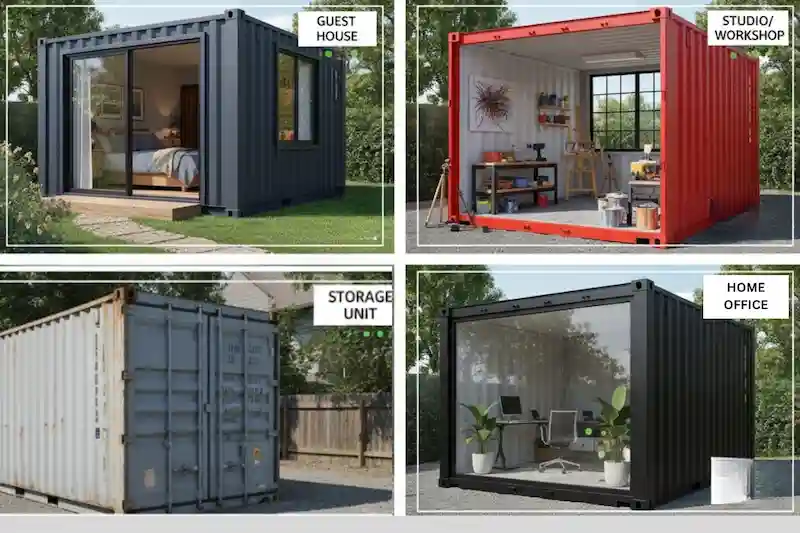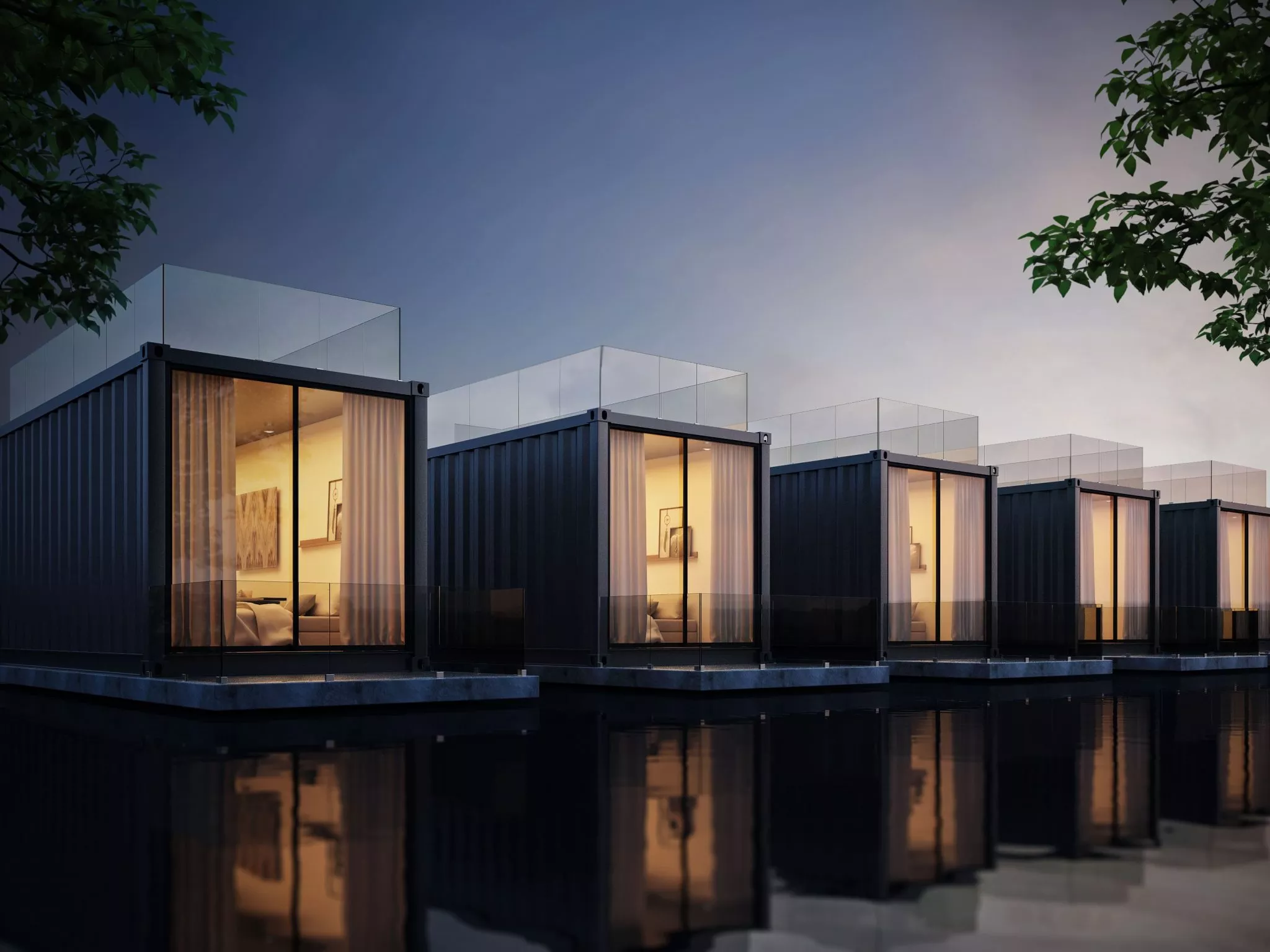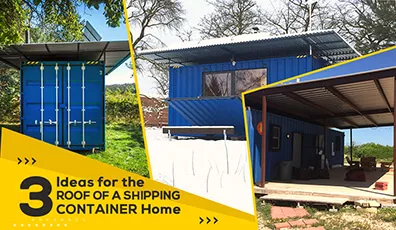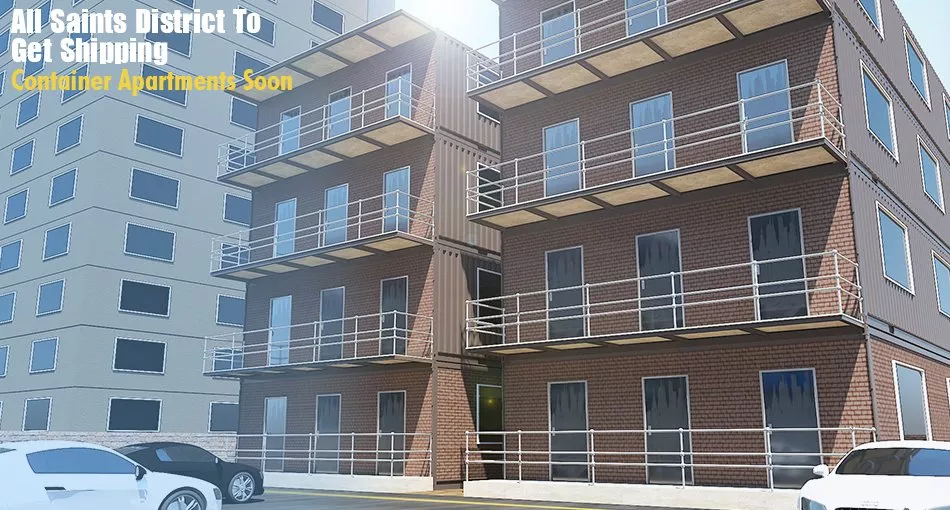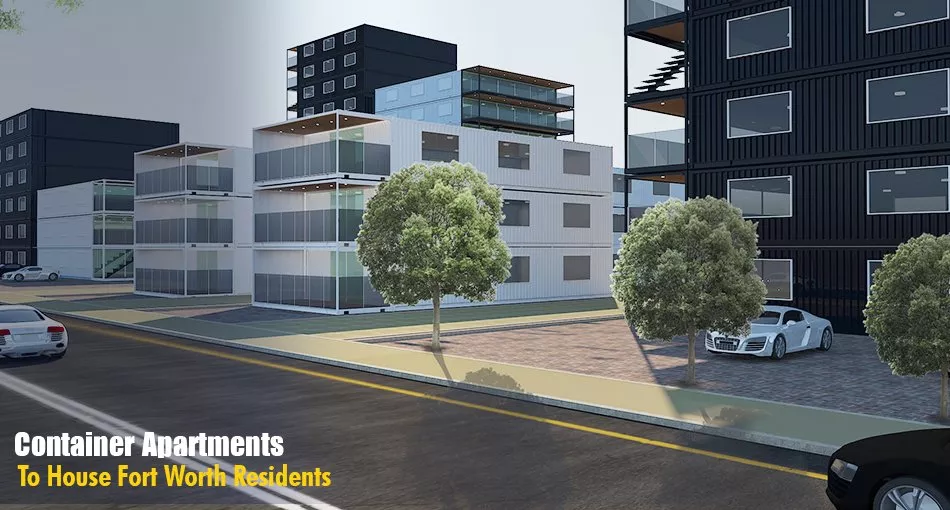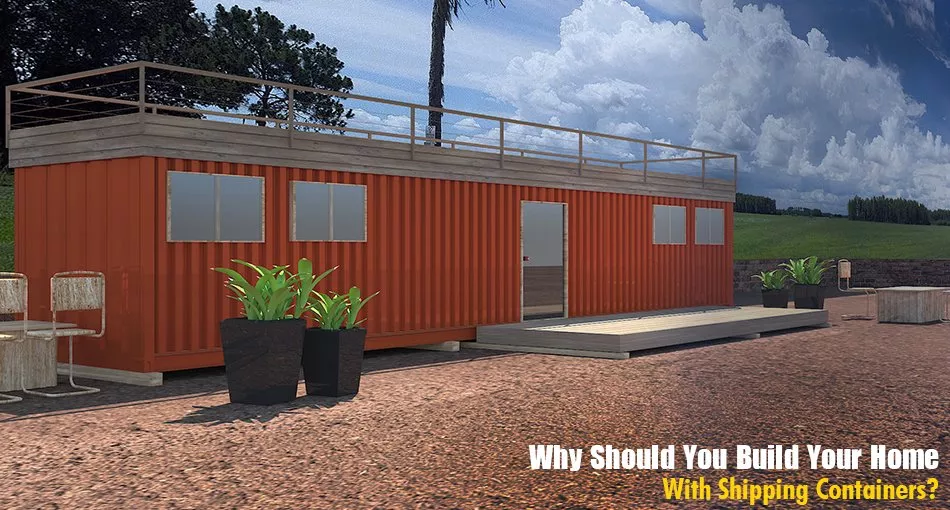Cost to Build a Shipping Container Home: Key Steps and Considerations

Shipping container homes are gradually becoming an increasingly popular choice as they are eco-friendly, durable, and customizable. However, different expenses involved in building such a home are always a point of interest for many owners of shipping containers. To calculate the final cost, which depends on various factors, such as the land cost, foundation, and insulation for your shipping container, you need to go through several stages.
Evaluate the Land Cost
Before you start constructing your dream shipping container home, you need to consider the land where you plan to build it. The cost of the land is the essential part of the overall budget which varies due to several factors.
- Location is a key determinant of land cost. For example, land in urban or suburban areas usually costs more due to higher demand than rural areas.
- The size of the land also plays a significant role in determining its price. Larger plots come at a higher cost but offer more space for home expansion and additional outdoor features. Smaller plots are more affordable but might limit design possibilities.
- Remember to consider zoning regulations. The land must be correctly zoned for residential use and specifically for shipping container homes. Some areas may have restrictions or require special permits for such construction, which could increase the cost.
- The land’s appropriateness for construction is of utmost importance. It should be preferably flat and sturdy, with adequate drainage and no danger of inundation. If the land requires extra work, such as clearing vegetation, grading for better drainage, or treating for pest infestations, these supplementary tasks will further inflate your land acquisition cost.
It’s always wise to conduct comprehensive research and perhaps seek assistance from a property expert to guide you through the process.
Lay the Foundation
After evaluating the land cost, the next stage in constructing your shipping container home is laying down a robust and unyielding foundation. The foundation acts as the cornerstone for your home, guaranteeing stability and longevity.
The foundation type mostly depends on the design plans, soil type, and local building standards. Popular options include slab-on-grade, strip (or trench) foundations, and pile foundations. Each has its advantages, disadvantages, and cost diversities.
No matter which type of foundation you select, ensure that it is built appropriately. If required, seek the assistance of a qualified contractor, as any mistakes made at this stage can cause significant structural problems in the future.
Remember, the expense of laying the foundation isn’t limited to materials and effort. You must also consider the expense of site preparation, which could entail clearing the plot, digging, leveling, and garbage removal.
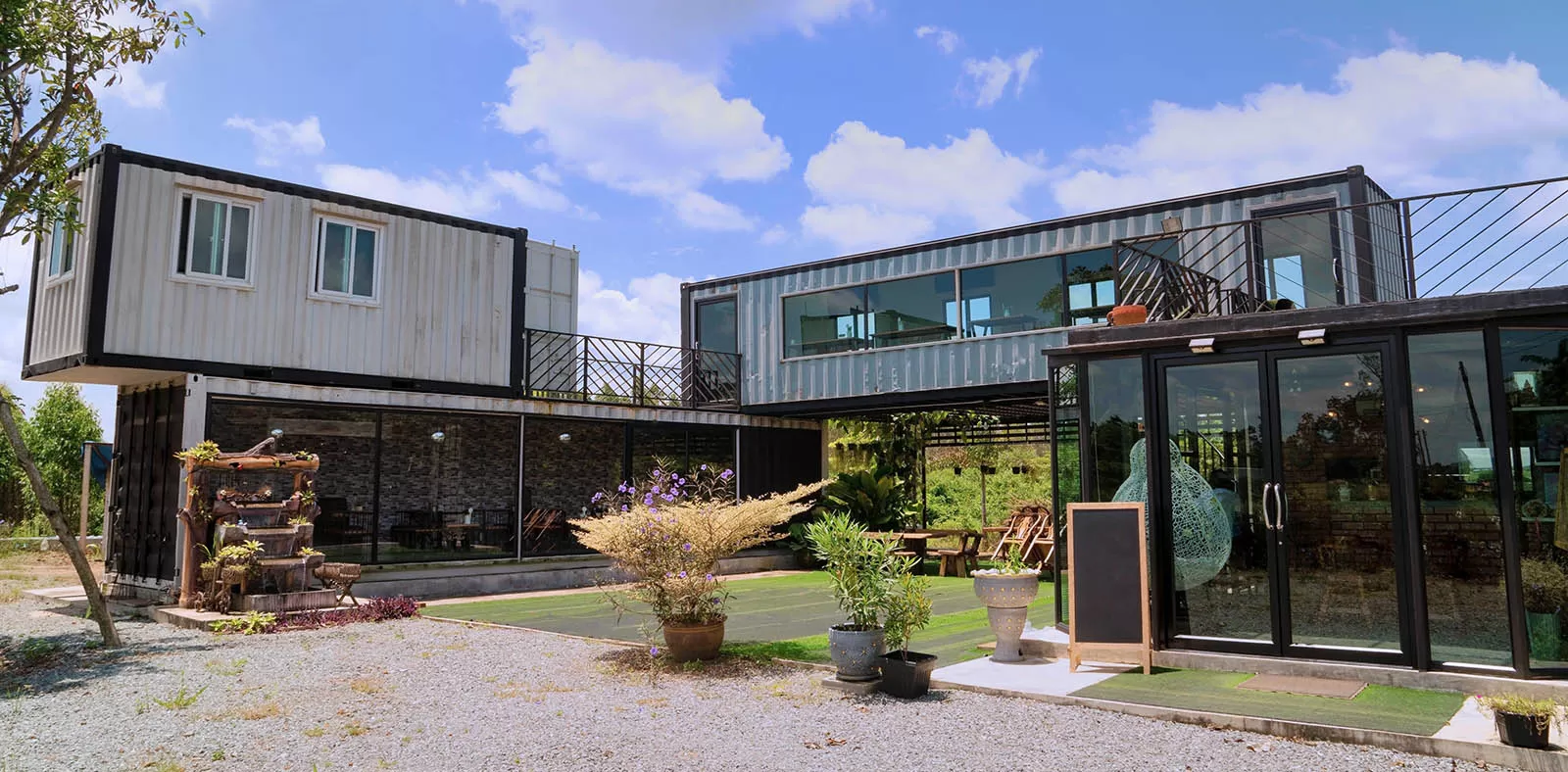
Find Your Shipping Container
The process of finding your ideal shipping container requires careful consideration and research to ensure you land on a choice that suits your needs, preferences, and budget.
The initial decision is whether to opt for a new or used shipping container. New containers, also known as one-trip containers, have been used only once for cargo and usually remain in excellent condition. However, they are more costly. In contrast, used containers are budget-friendly but may necessitate remodeling because of wear and tear.
Consider the size of the container. Standard shipping containers are typically available in 20 ft and 40 ft lengths. Your choice of size should be based on your space requirements, design plans, and budget. Larger containers provide more living space, but are more expensive and require additional foundation support.
You also need to think about the type of container you want. Various options are available, such as standard dry vans, high cubes, open tops, side opens, and refrigerated containers. Each type has its own distinct features and associated expenses.
When selecting your shipping container, thoroughly inspect it for any indications of damage, such as dents, rust, or corrosion. Also, ensure the doors open and close smoothly, and the seals are intact.
It is advisable to consider the container’s history as well. If possible, avoid containers that were used to transport hazardous materials. You can request this information from the seller.
Install Your Insulation
The next step is installing insulation. Since shipping containers aren’t naturally insulated, they can become extremely hot or cold, so insulation is essential for comfort and energy-efficiency. The insulation type you select depends on your environment, budget, and personal preferences.
You will also need to decide whether to position the insulation inside, decreasing internal room, or outside, which requires additional cladding for protection.
Add Your Amenities
Now, it’s time to bring your home to life by adding amenities. This involves installing the essential plumbing, electrical and HVAC systems. It may be necessary to seek professional assistance for these tasks due to their complexity.
Consider the kitchen and bathroom fittings, along with any other built-in features, such as wardrobes or storage units. Don’t overlook the importance of lighting – natural light is advantageous, but you should also consider functional and ambient lighting to cater to various activities and times of day. Flooring is a crucial factor too, with options to suit your style and budget, ranging from hardwood to tile.
It is essential to personalize your space with paint, furniture, and decoration that reflects your taste. This final step truly transforms the shipping container into your unique and comfortable home. Always plan ahead and take into account the function of each decision to ensure a seamless transition from a basic container to a comfortable house.
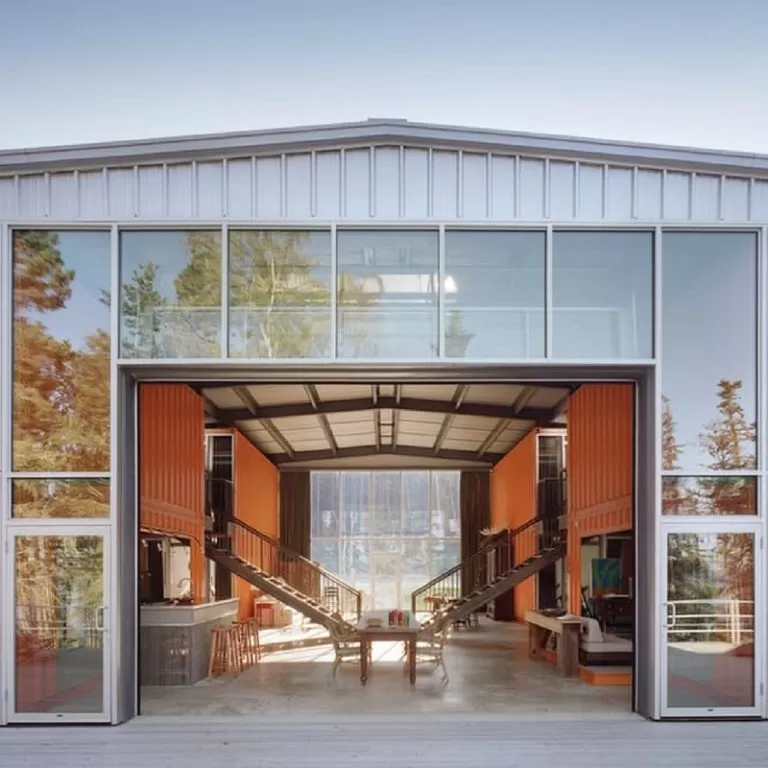
Consider Buying a Pre-Made Container Home
If constructing a shipping container home from the ground up seems daunting, you may consider purchasing a pre-made container home. These homes are constructed by professionals and usually feature all the vital amenities. They are also available in a range of designs and sizes, so you can easily find a shipping container which suits your requirements.
Pre-made container homes are a practical option since they eliminate the need for you to manage construction or handle building codes and permits. However, they can be more costly than DIY projects and may limit your customization alternatives. It is also crucial to verify the quality of construction and materials used. Investigate various suppliers, browse reviews, and request references before making a purchase.
Make Sure You Factor In All the Costs
It is important to consider all possible expenses when designing your shipping container home. The price of the shipping container is only the starting point. You will also need to allocate funds for groundwork, transportation, and foundation construction. Take into account the expense of internal extras, such as insulation, plumbing, electrical systems, flooring, and fittings. Also, consider the costs associated with acquiring the required permissions and employing professionals for particular tasks if you opt out of DIY.
Expenses can escalate quickly if you choose high-end finishes or complicated designs. It’s also prudent to allocate a buffer budget for unforeseen outlays.
Find a Realtor to Help With Your Shipping Container Dreams
A competent realtor can assist you during the purchase process, helping you to locate suitable land and achieve compliance with relevant zoning laws and building regulations. They can also connect you with dependable professionals, such as architects, builders, and contractors who are experienced in container home construction. Realtors can also assist in negotiating deals, ensuring you get the best value for your money.
Select a realtor who comprehends your vision and has experience in alternative housing solutions, such as container homes. Request recommendations, assess reviews, and conduct interviews with potential realtors to find the right fit. Keep in mind that a realtor is not only a salesperson, but a partner in your homebuilding venture. Always ensure clear communication of your needs and expectations with your realtor to guarantee a successful partnership.
Conclusions
Building a shipping container home can be a cost-effective and sustainable choice, so it’s important to understand the expenses involved and plan accordingly. Whether you decide to build a house from scratch or purchase a pre-made model, a container home will be an exceptional, durable, and eco-friendly living space.
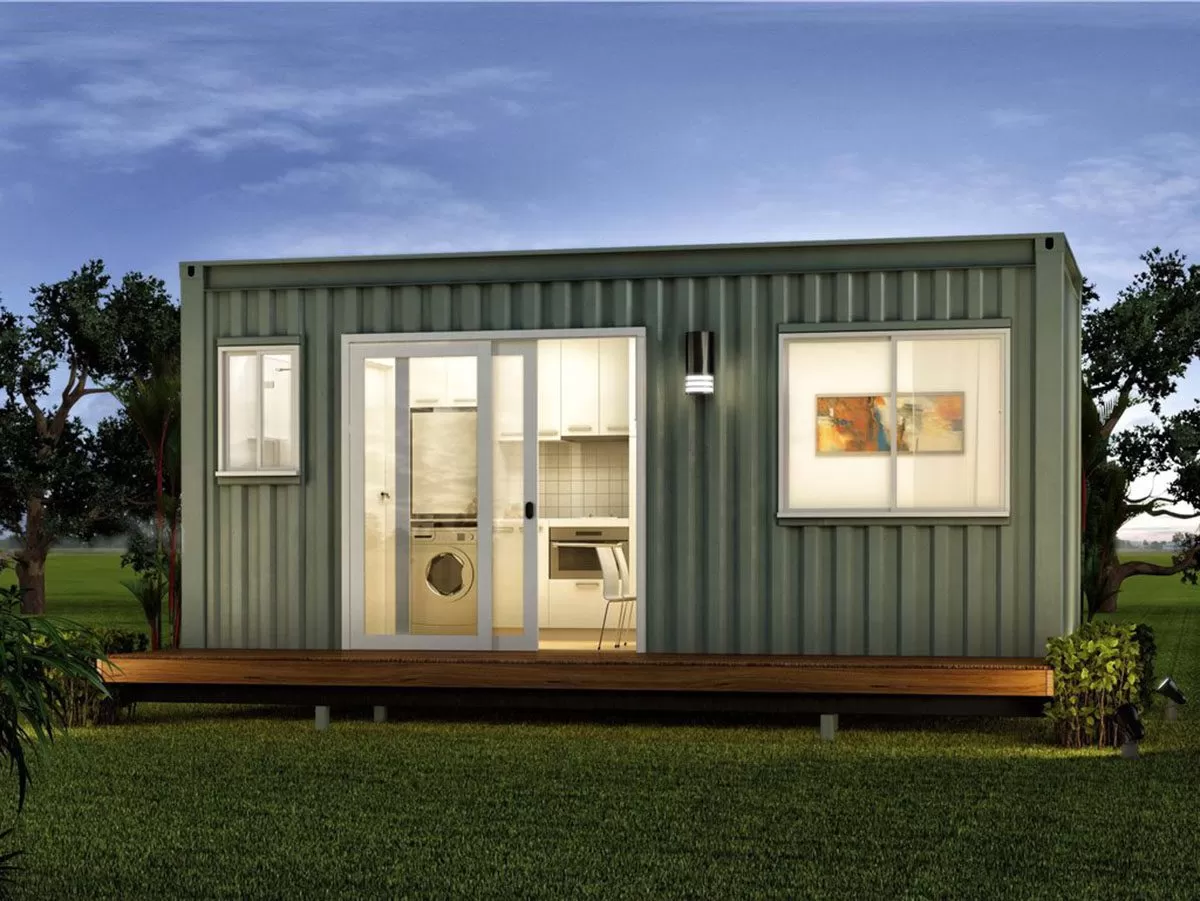
Shipping Container Home | Building A Perfect Breathtaking Tiny House
Container homes are no more secrets but building one in the middle of the forest and enjoying the snow is! Doesn’t it sound like a perfect getaway in nature? Get your used container repurposed into a blissful holiday.
Vanessa is a dedicated writer and content enthusiast at Pelican Containers. With a background in practical writing and a keen eye for clarity, she transforms complex container topics into easy-to-understand and useful content. Her passion lies in exploring the evolving world of container usage — from smart storage hacks to global logistics trends.
When she's not writing, Vanessa loves discovering creative shipping container projects or traveling to find new inspiration.
Explore thoughtful, informative, and accessible content with Vanessa!
Vanessa is a dedicated writer and content enthusiast at Pelican Containers. With a background in practical writing and a keen eye for clarity, she transforms complex container topics into easy-to-understand and useful content. Her passion lies in exploring the evolving world of container usage — from smart storage hacks to global logistics trends.
When she's not writing, Vanessa loves discovering creative shipping container projects or traveling to find new inspiration.
Explore thoughtful, informative, and accessible content with Vanessa!
FAQ
What are the factors that determine the cost of building a shipping container home?
The cost of building a shipping container home is determined by the cost of the shipping container itself, the size and design of your home, the cost of land, foundation, delivery, and construction. Additional costs may also include interior fittings, such as insulation, plumbing, electrical systems, flooring, and fixtures.
How does the cost of building a shipping container home compare to that of a traditional home?
Shipping container homes can be significantly cheaper than traditional homes, especially if you are ready to undertake some of the tasks yourself. However, the cost can vary widely depending on the factors mentioned above.
What are the benefits of using shipping containers as a building material for homes?
Shipping containers are sturdy, weather-resistant, and built to last. Their consistent shape and size streamline design and construction processes. Furthermore, they allow for modular designs and quick construction times. Shipping container homes are also portable, so you can move your home if needed.
Are there any potential drawbacks or limitations to using shipping containers as a building material for homes?
Potential drawbacks of shipping container homes include a limited width, which can constrain your design options. The industrial aesthetic may also not appeal to everyone. Insulating a shipping container can be challenging due to its metal structure. Moreover, not all areas permit the construction of such homes, so it’s important to check local building codes and zoning laws.
How to minimize costs when constructing a shipping container home?
To minimize costs when building a shipping container home, first select a straightforward blueprint that avoids complex modifications. Do as much work as you can yourself and hire professionals only for tasks that require specialized skills. Use recycled or second-hand materials where possible. Plan carefully to avoid expensive errors and revisions. Finally, always compare prices and get multiple quotes to ensure optimal value.




